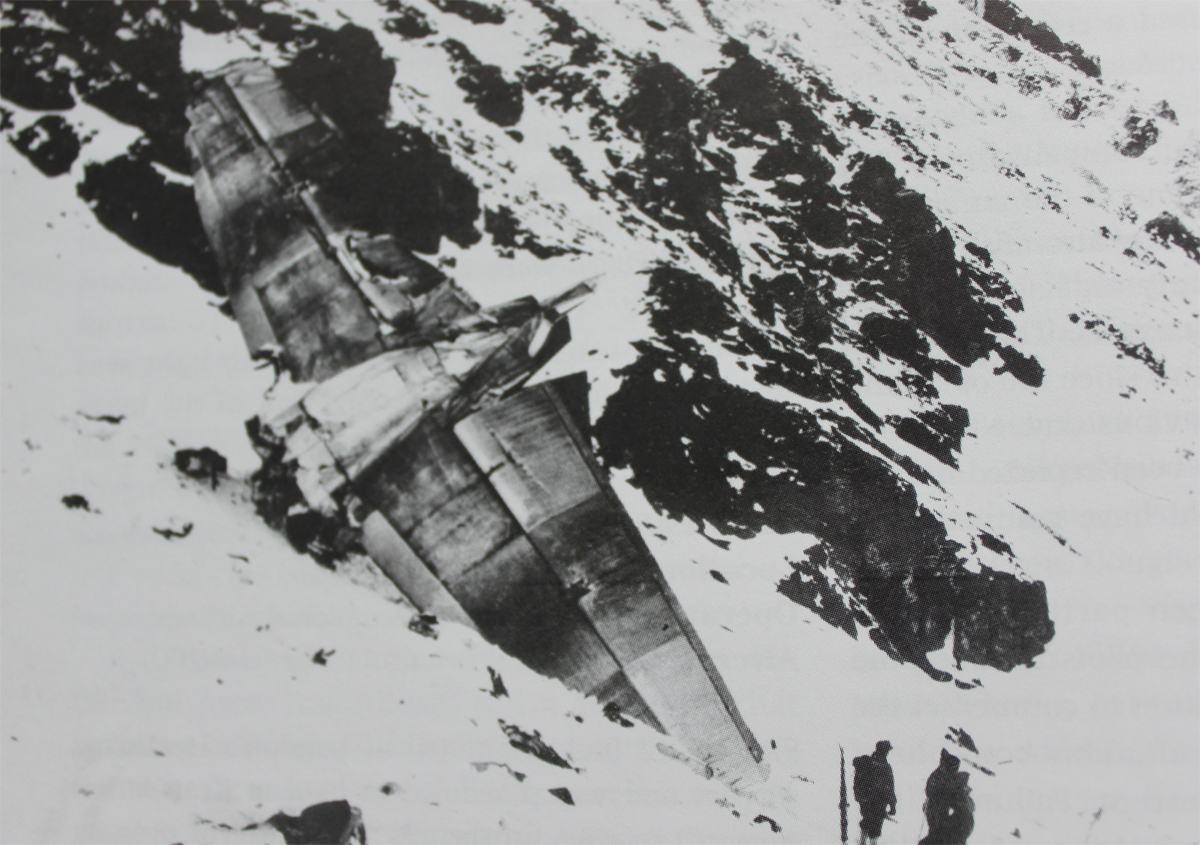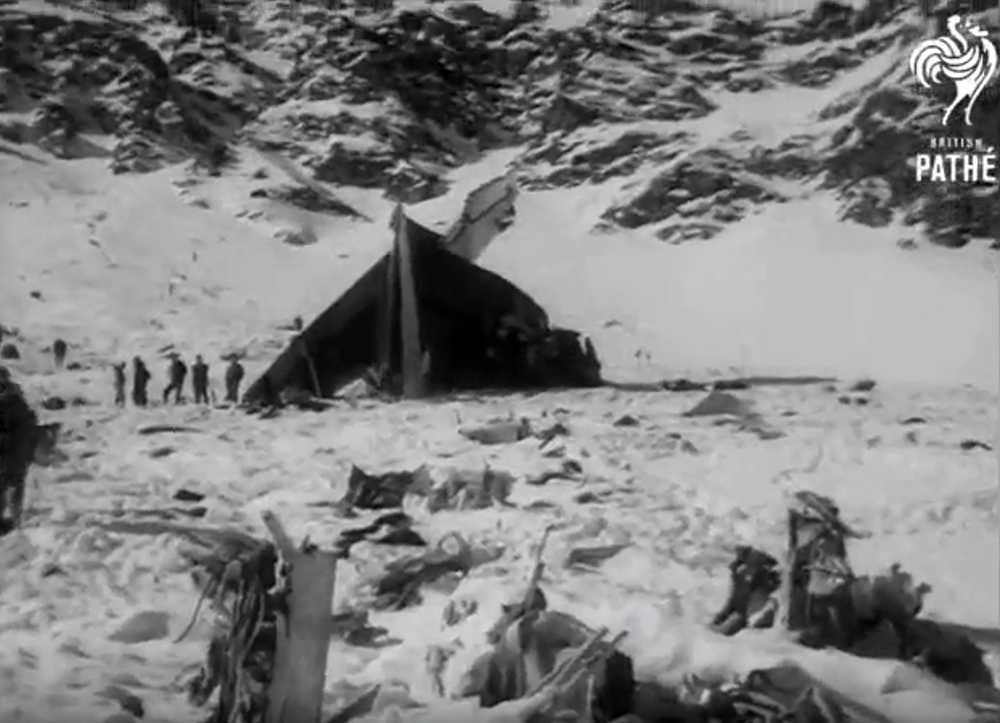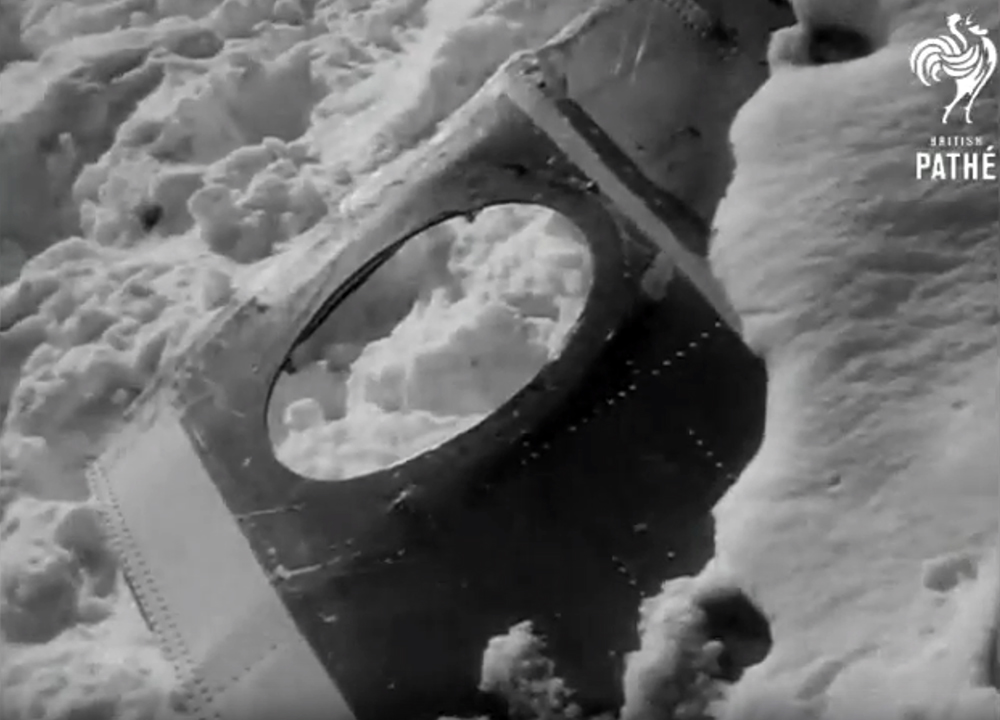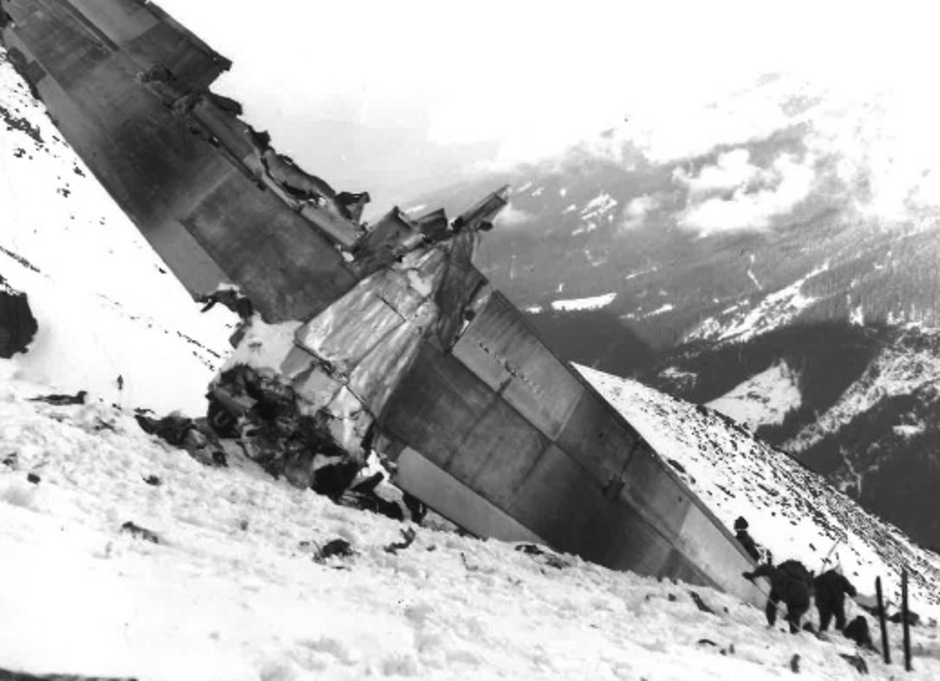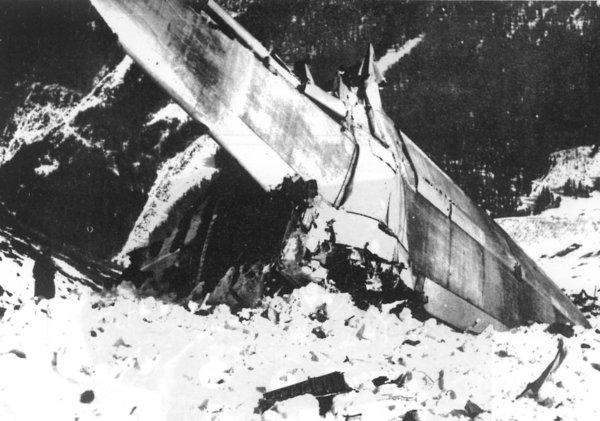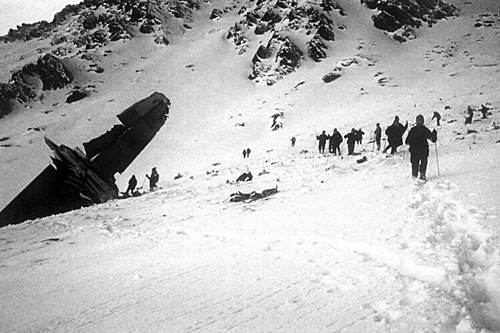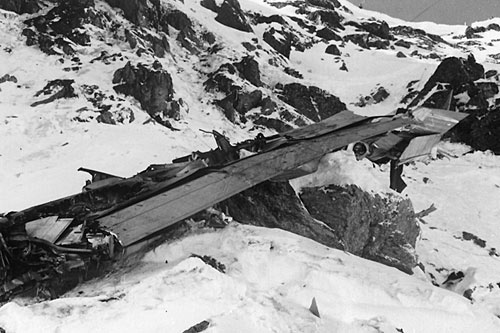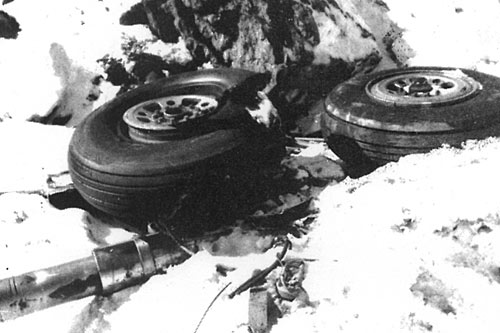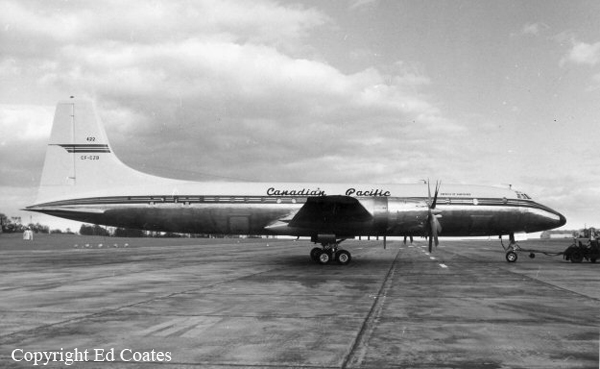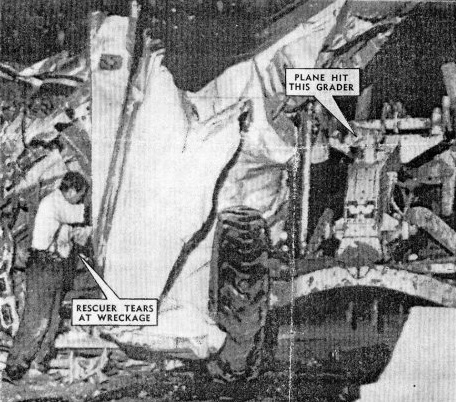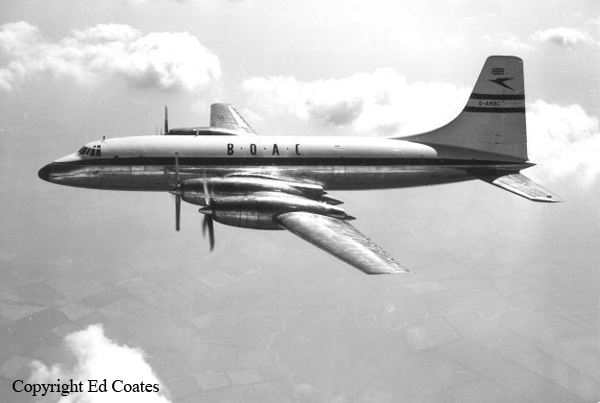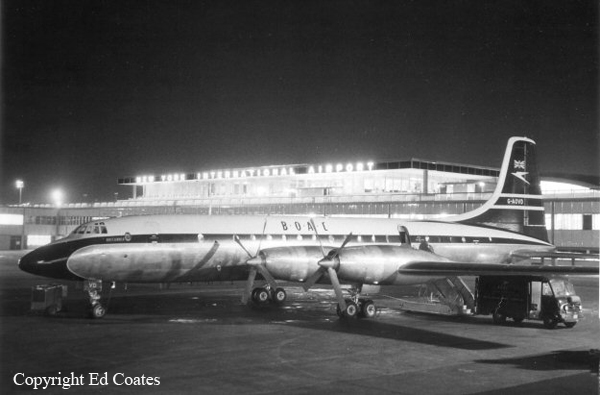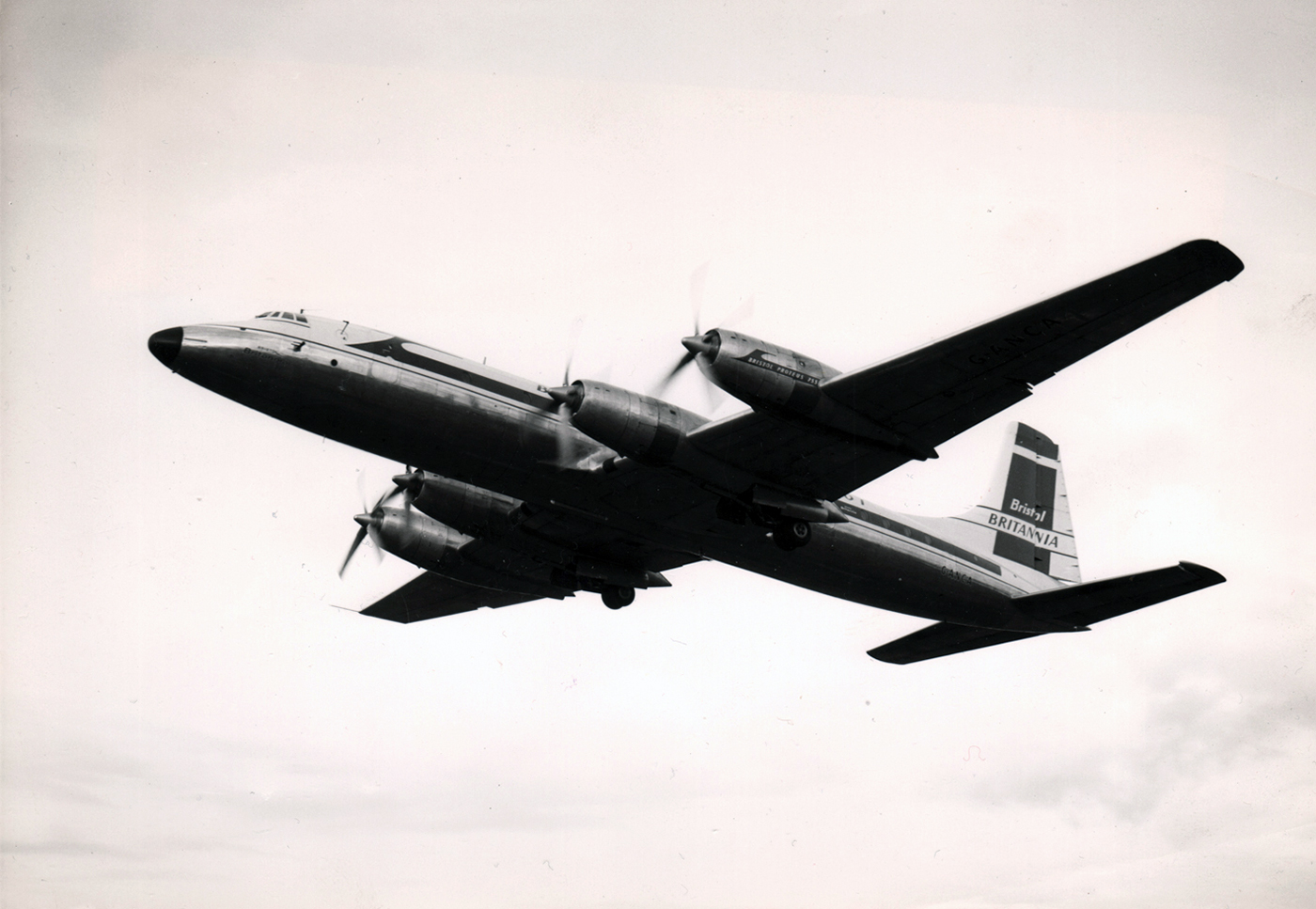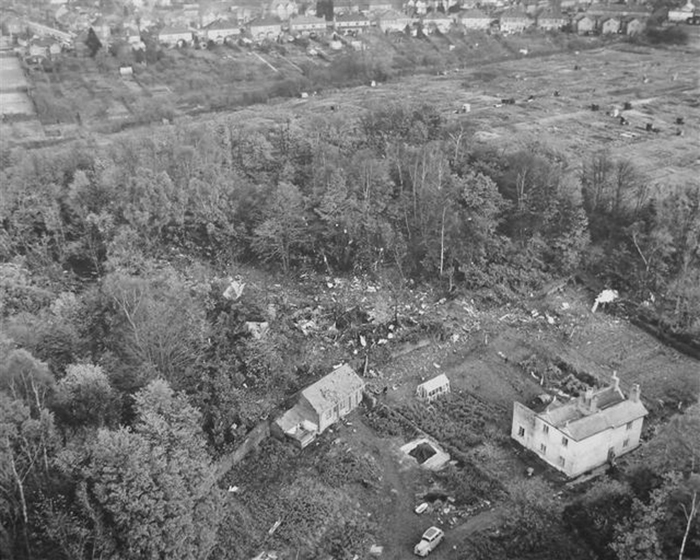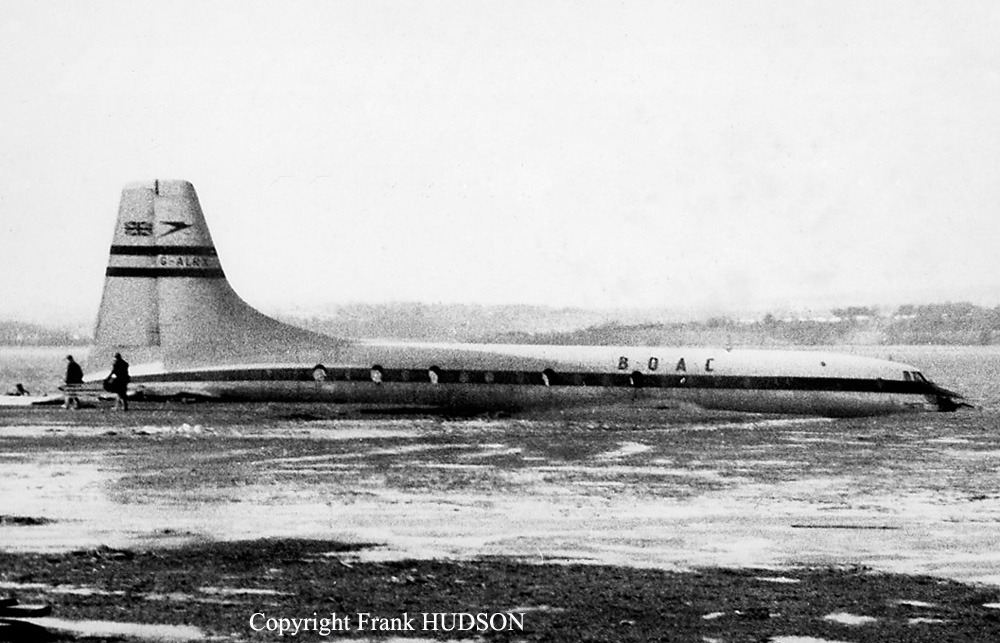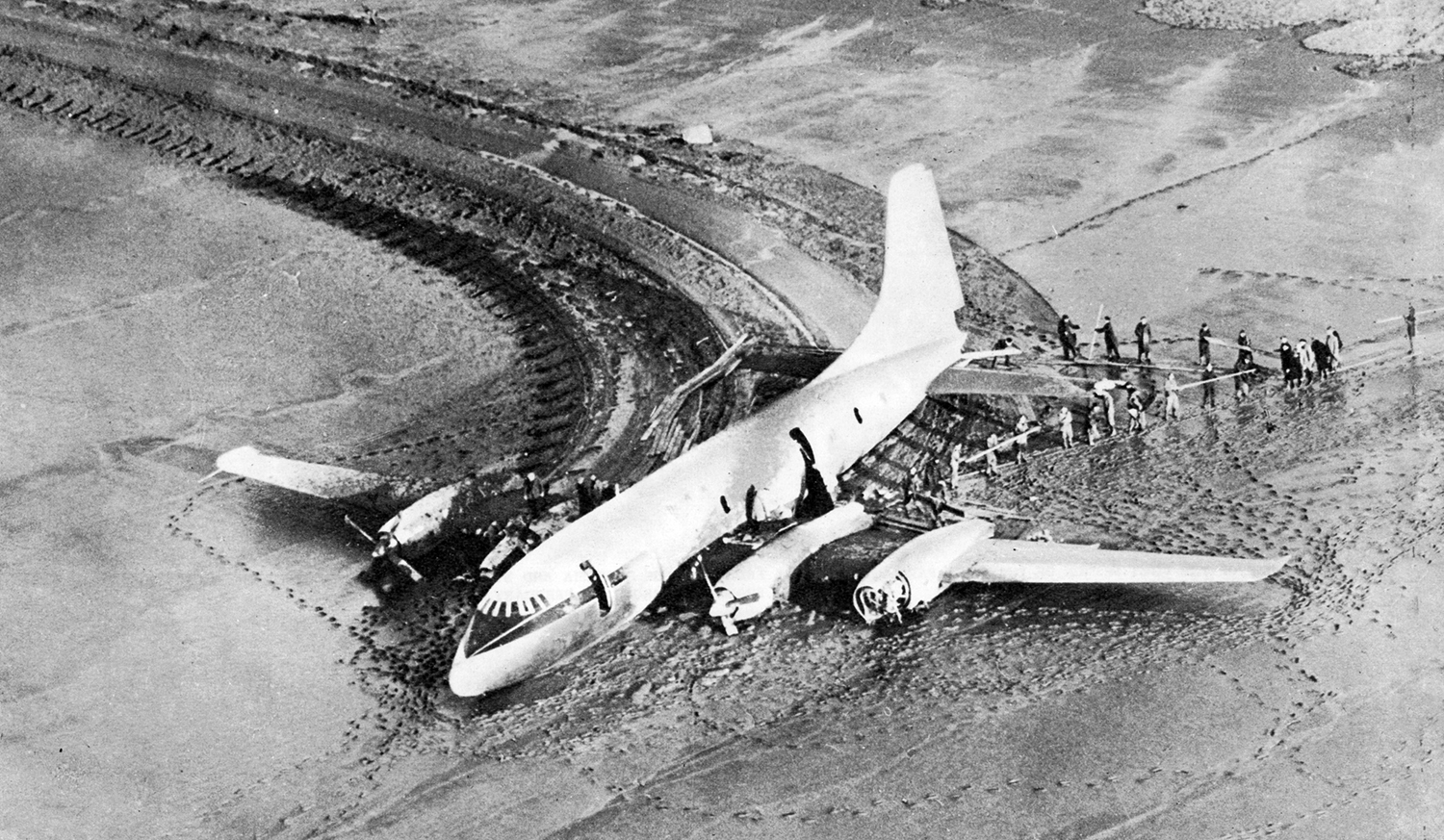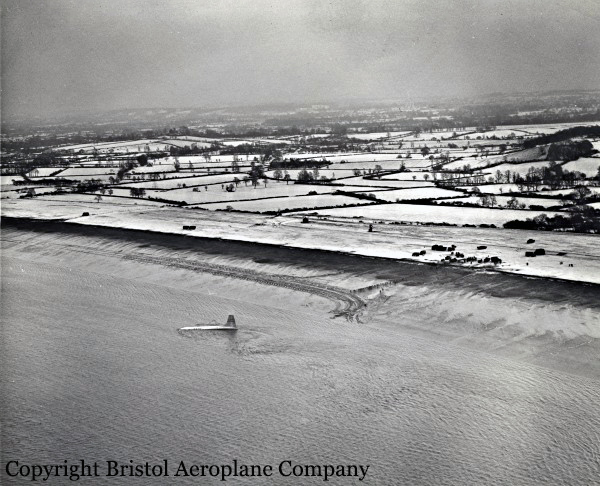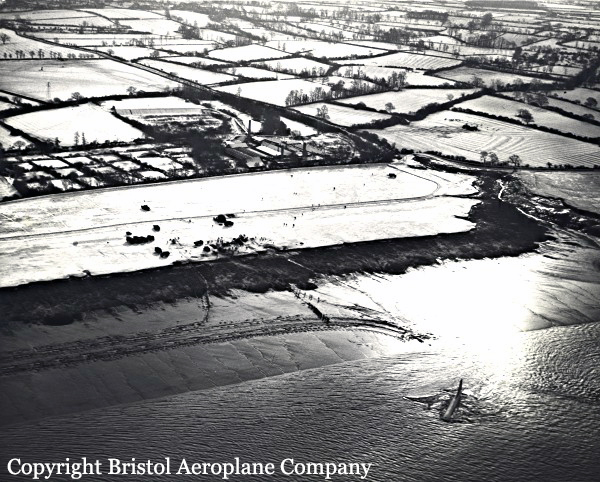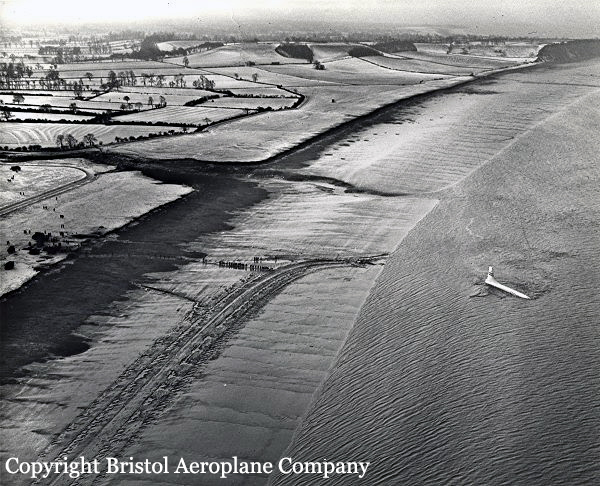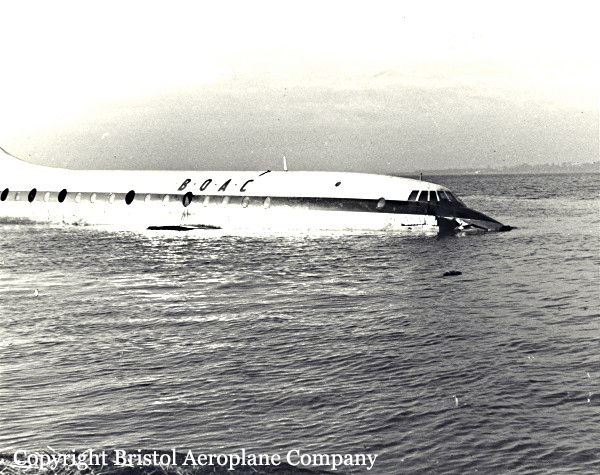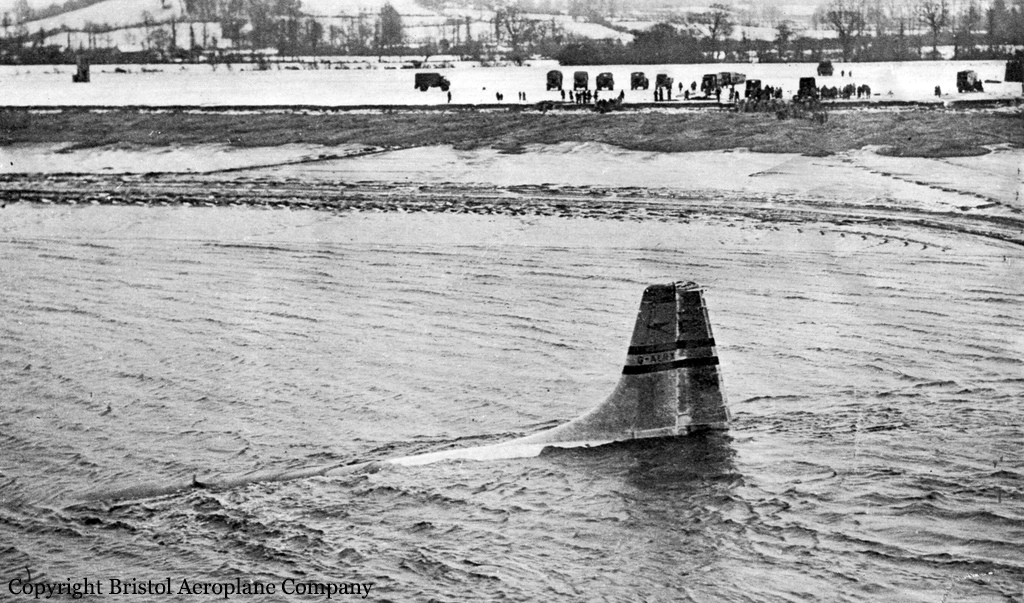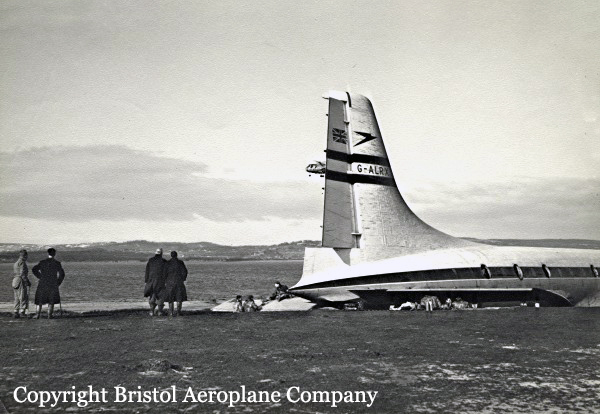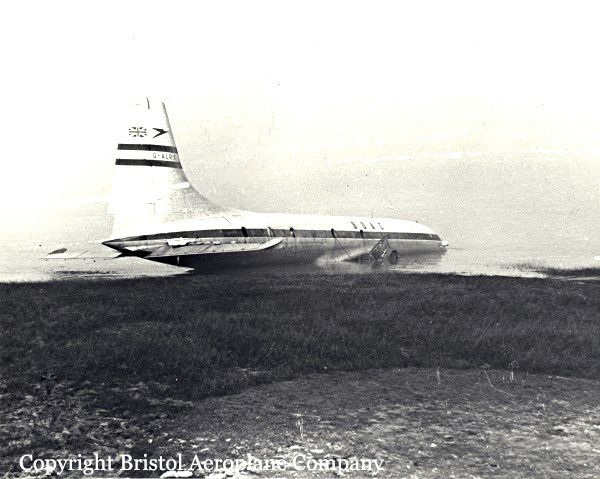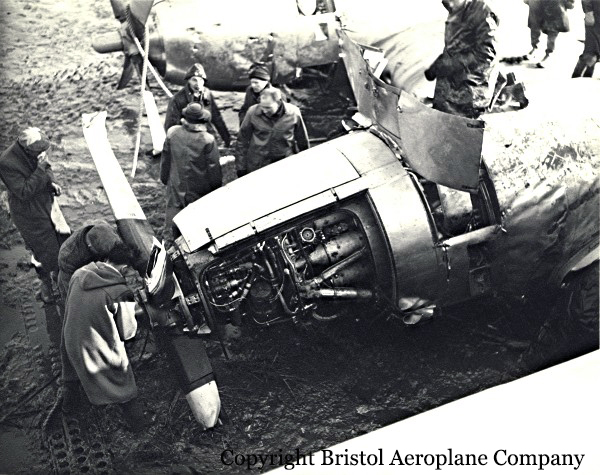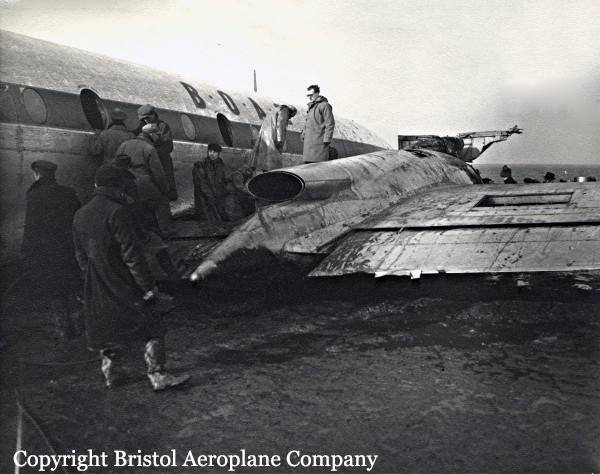Crash of a Bristol 175 Britannia 312 on Mt Glungezer: 83 killed
Date & Time:
Feb 29, 1964 at 1414 LT
Registration:
G-AOVO
Survivors:
No
Schedule:
London-Heathrow – Innsbruck
MSN:
13423
YOM:
1958
Flight number:
EG802
Crew on board:
8
Crew fatalities:
Pax on board:
75
Pax fatalities:
Other fatalities:
Total fatalities:
83
Captain / Total hours on type:
3320.00
Copilot / Total hours on type:
303
Aircraft flight hours:
13633
Circumstances:
British Eagle Flight 802 departed London-Heathrow Airport at 12:04 GMT with destination Innsbruck, Austria. At 13:35 the flight contacted Munich ATC and reported over the Kempten NDB nine minutes later, changing its IFR flight plan to VFR from Kempten to Innsbruck. Two minutes later the crew contacted Innsbruck and reported descending VMC directly to Seefeld. Over the Innsbruck VOR at FL110, the airplane was still unable to break the clouds. The last message from the flight was at 14:12 when it reported at FL100. The descent was continued until the airplane collided with the steep eastern flank of the Glungezer Mountain at an altitude of 2601 m (8500 ft). An avalanche occurred, carrying most of the aircraft debris downhill for about 400 m. All 83 occupants were killed.
Probable cause:
The primary cause was the erroneous decision of the pilot-in-command to descend, below the stipulated minimum safe altitude in the weather conditions prevailing at the time, as a result of which he was unable to conduct the flight in accordance with visual flight rules.

